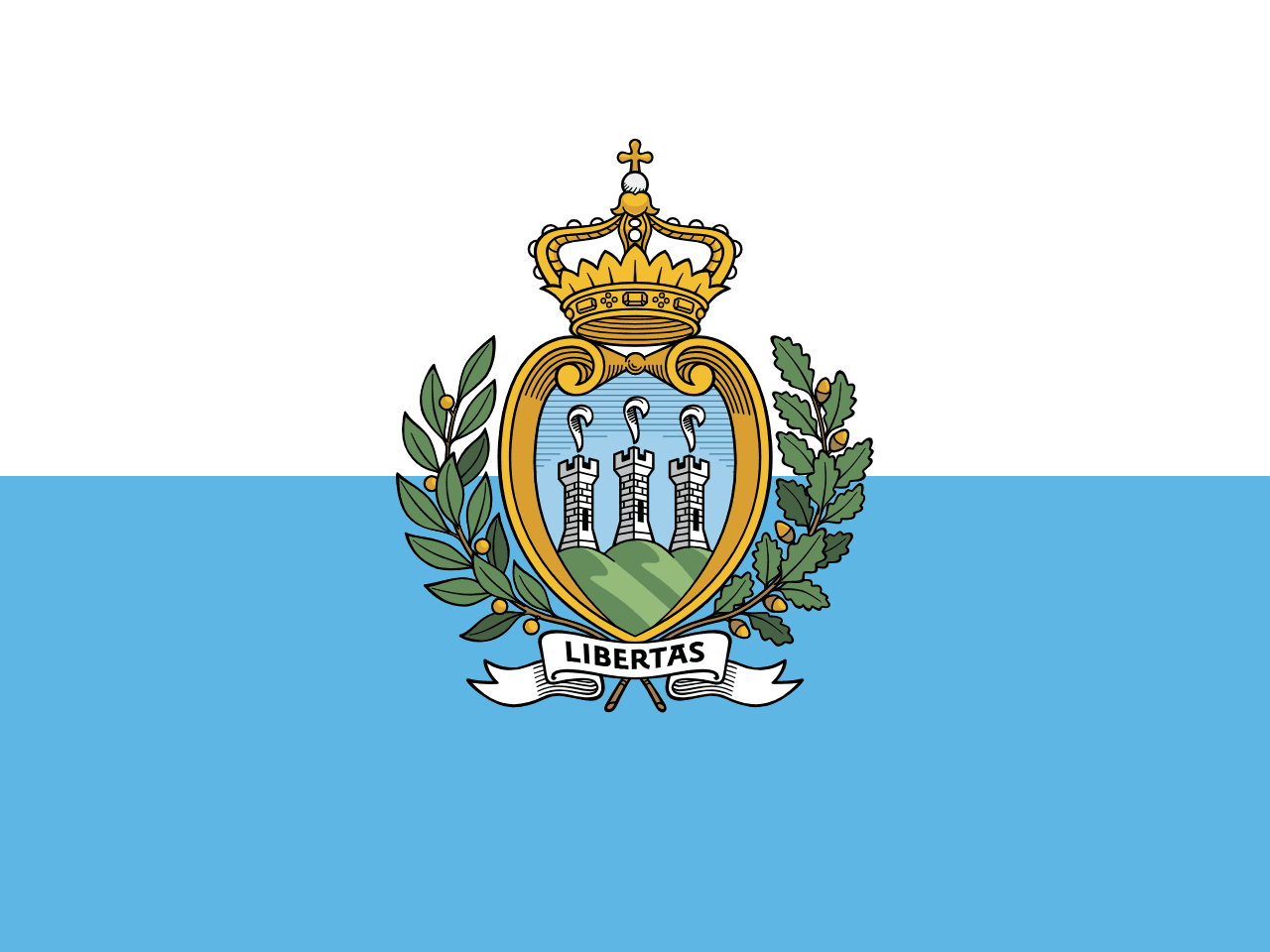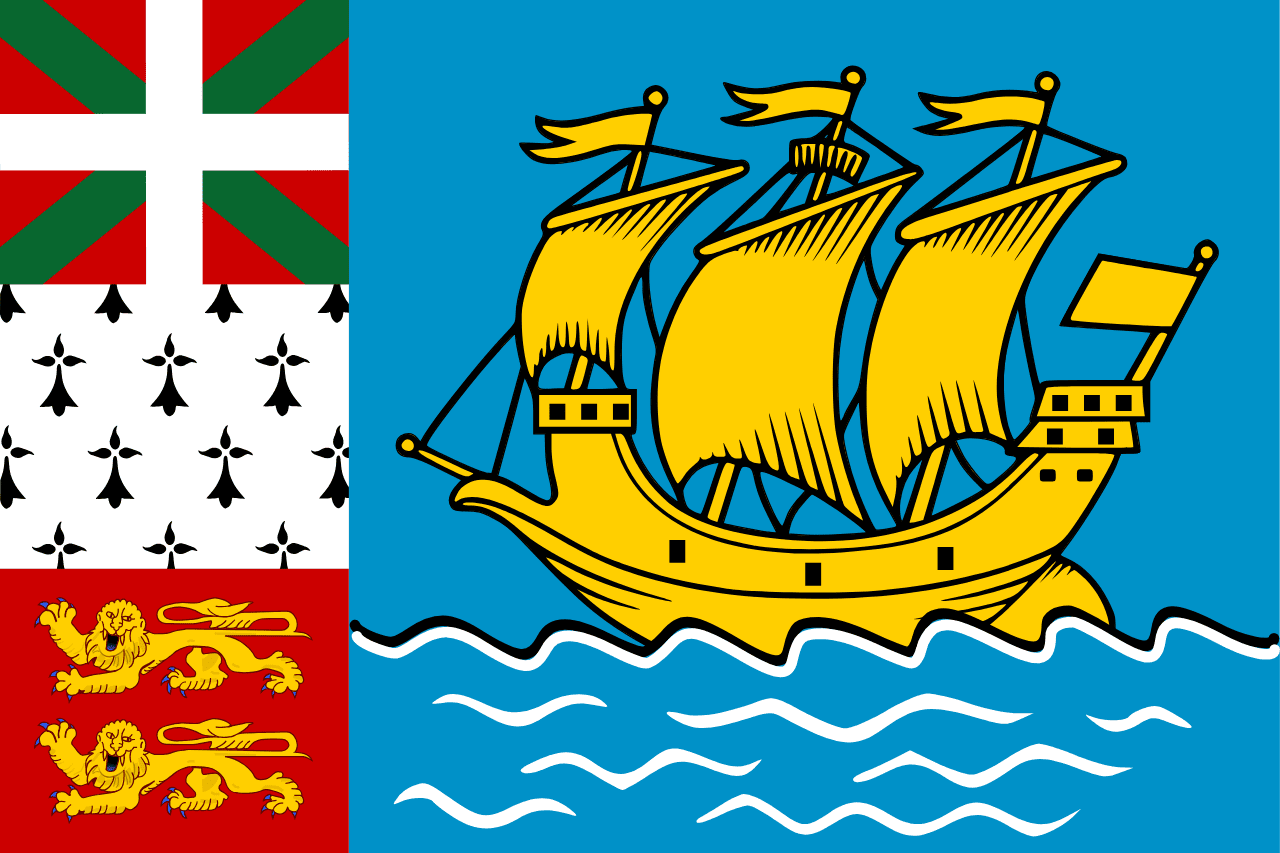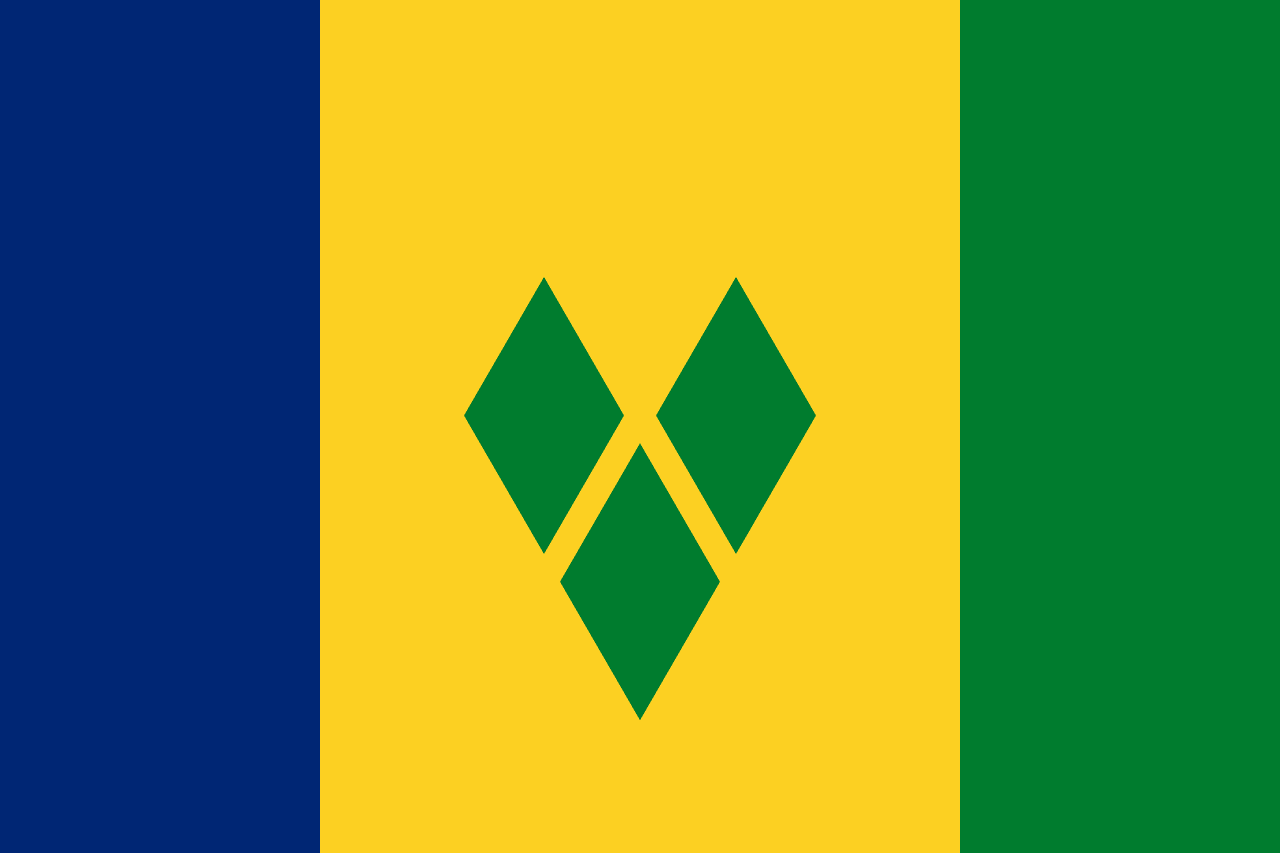The flag of Samoa consists of a red field with a blue rectangle in the upper hoist corner containing five white stars. This striking design encapsulates the nation's history, culture, and geographical position in the South Pacific.
Samoa information
| National Flag Day | June 1st (Independence Day) |
| Sovereign state | Yes |
| Official name | Independent State of Samoa |
| Capital | Apia |
| Population | 198,414 |
| Area | 2,842 km² |
| Currency | Samoan tālā (WST) |
| Language | Samoan, English |
| Continent | Oceania |
| Region | Pacific Islands |
| Subregion | Polynesia |
| Borders | — |
| Timezone | West Samoa Time (WST) UTC-11 |
| Calling code | +685 |
| Top-level domain | .ws |
History of the Samoan flag
 The flag was officially adopted on February 24, 1949, seven years before Samoa gained independence from New Zealand in 1962. Its design was carefully crafted to represent the nation's identity and aspirations during a period of transition towards self-governance. The flag's adoption marked a significant step in Samoa's journey to independence and has since been a powerful symbol of national pride.
The flag was officially adopted on February 24, 1949, seven years before Samoa gained independence from New Zealand in 1962. Its design was carefully crafted to represent the nation's identity and aspirations during a period of transition towards self-governance. The flag's adoption marked a significant step in Samoa's journey to independence and has since been a powerful symbol of national pride.
Symbolism and design of the Samoan flag
Each element of the flag carries deep symbolic meaning:
- The red field symbolizes courage and the bloodshed in Samoa's struggle for independence. It also represents the traditional color of Samoan chiefs' garments.
- The blue rectangle in the upper hoist corner represents freedom and the vast Pacific Ocean that surrounds Samoa, highlighting the nation's maritime heritage.
- The five white stars depict the Southern Cross constellation, which is visible from Samoa and significant in South Pacific navigation. The stars also represent the five main island groups of Samoa: Upolu, Savai'i, Manono, Apolima, and the former U.S. territory of American Samoa.
The combination of these elements creates a flag that is both visually striking and rich in cultural significance, reflecting Samoa's unique identity in the Pacific region.
Usage and significance of the Samoan flag
 The Samoan flag is a source of great national pride and is prominently displayed throughout the country. It flies on government buildings, schools, and during national celebrations such as Independence Day on June 1st. The flag is also used to represent Samoa in international forums, sporting events, and cultural exchanges, serving as a visual ambassador for the nation's rich heritage and vibrant culture.
The Samoan flag is a source of great national pride and is prominently displayed throughout the country. It flies on government buildings, schools, and during national celebrations such as Independence Day on June 1st. The flag is also used to represent Samoa in international forums, sporting events, and cultural exchanges, serving as a visual ambassador for the nation's rich heritage and vibrant culture.
Interesting facts about Samoa
- Samoa was the first Pacific Island nation to gain independence in the 20th century, setting a precedent for other island nations in the region.
- The flag's design was influenced by the United Nations flag, reflecting Samoa's aspirations for international recognition and cooperation.
- In 1997, Samoa officially changed its name from "Western Samoa" to "Samoa", but the flag remained unchanged, maintaining its historical significance.
- The Southern Cross constellation on the flag is a common element in flags of many South Pacific nations, symbolizing their shared celestial heritage.
- Samoa's flag is often featured in traditional Siva Afi (fire knife dancing) performances, integrating national symbolism with cultural practices.





